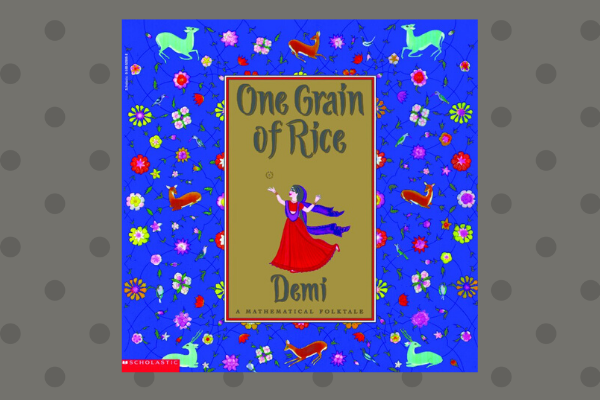

A few years later the harvest fails, and so does the raja: "Promise or no promise, a raja must not go hungry," he intones. The raja of a rice-growing village orders his subjects to deliver to him the bulk of their harvest he will keep it safe should a famine occur. In artwork inspired by Indian miniatures (though lacking their exquisiteness), Demi (The Stonecutter, 1995, etc.) fashions a folktale with far-reaching effects.


Teachers are sure to appreciate the book's multiple uses within the curriculum (Demi includes a table showing the math involved), and everyone will enjoy the triumph of good over evil achieved by a clever trick and math. The illustrations amplify the suspense and humor, until finally, on the last day, 256 mighty elephants march across a four-page foldout to deliver their bundles. Children will be as surprised as the raja to see how quickly Rani's rice accumulates as the trick unfolds, and they'll be just as satisfied as Rani to see the selfish raja's rice supply diminish. Demi's illustrations become increasingly rich as each day a different animal parades across vibrantly colored backgrounds to deliver rice. When the raja wishes to reward Rani for a good deed, Rani asks for one grain of rice, with the amount to be doubled each day for 30 days. Demi's lively illustrations, shining with gold-leaf details, enrich this story of Rani, a clever young woman who uses her skill in mathematical thinking to outwit a self-indulgent raja and secure food for her starving people.


 0 kommentar(er)
0 kommentar(er)
